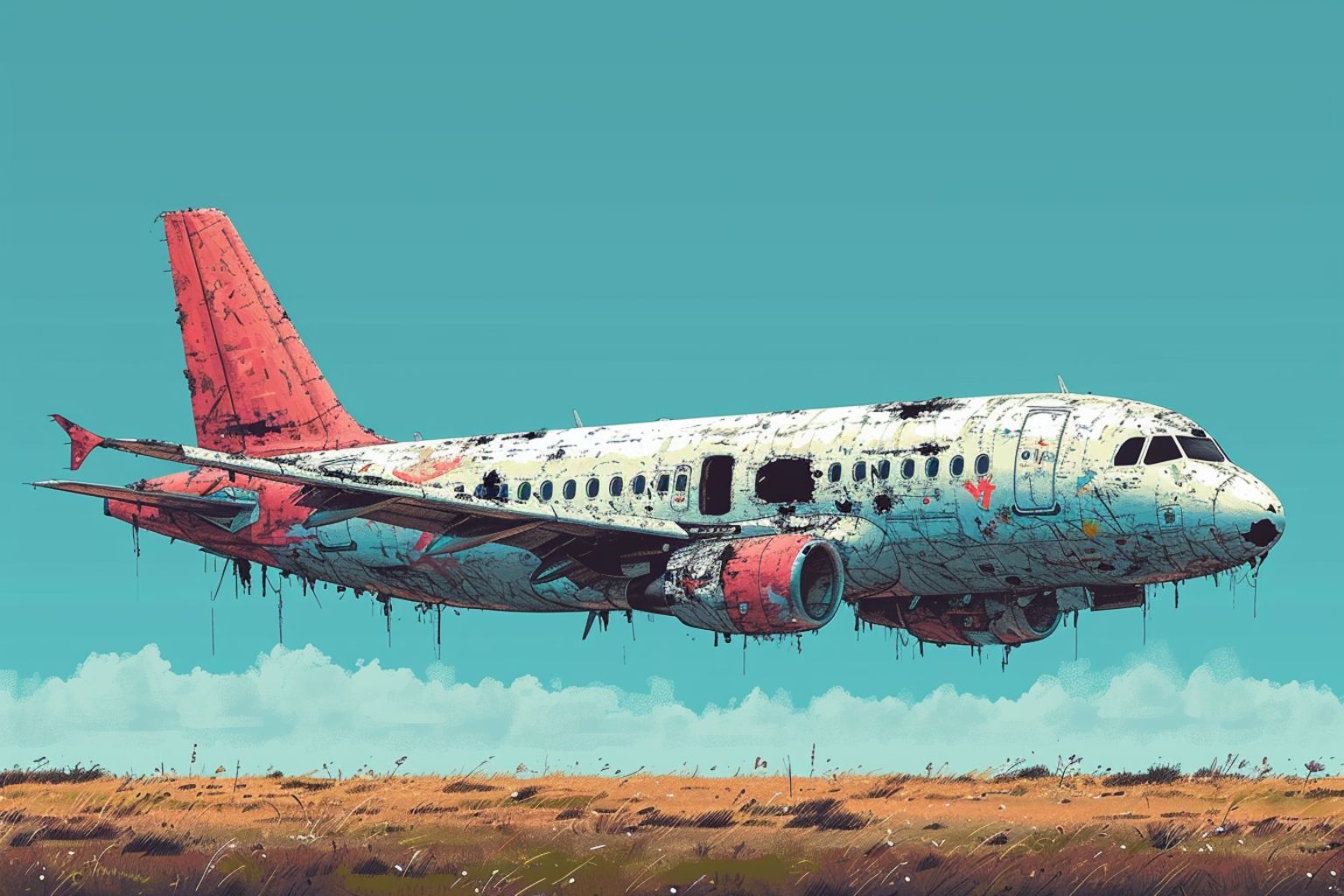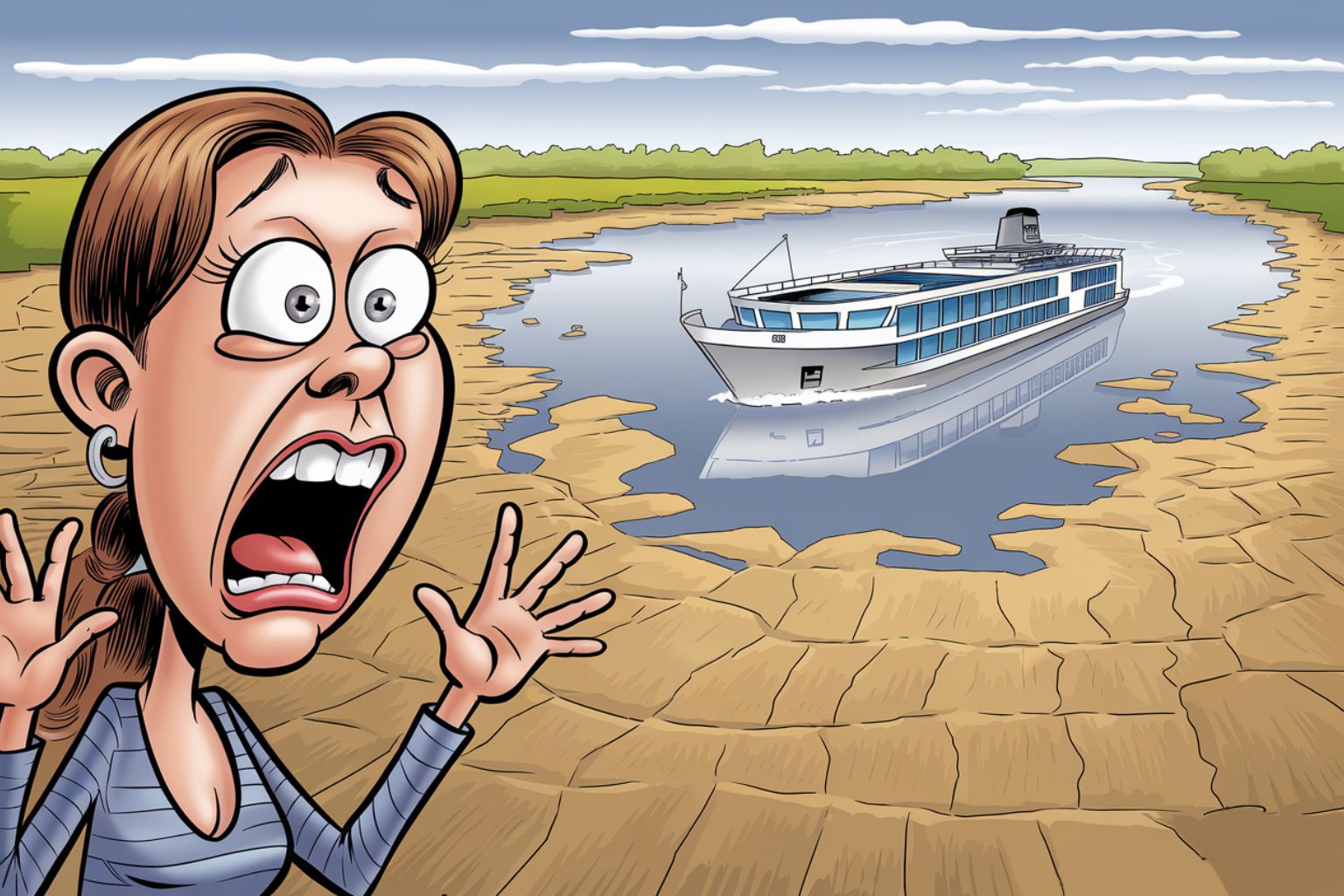Flying may be the safest way to travel, but it sure hasn’t felt that way lately.
Images of a flaming aircraft on a Tokyo runway and of a door blown off an Alaska Airlines flight seem to have undermined public confidence in air travel.
And there’s also this burning question: Could anyone have known this would happen?
Maybe.
But first, a reality check: Flying in the U.S. is actually safe. Really safe.
“You’d have to fly every single day for literally thousands of years before you’d ever have a serious accident,” says Anthony Radchenko, CEO of AirAdvisor.
George Novak, president of the National Air Carrier Association, a trade group, says there are numerous safeguards in place to prevent an aviation disaster. So, for example, when Alaska Airlines 1282 suffered a midair blowout, the Federal Aviation Administration acted quickly to ground and inspect the aircraft.
“Flying in the United States is very safe,” he says.
As it turns out, there are some telltale signs that your next flight could be dangerous, particularly if you’re traveling internationally or in a country with lax aviation regulations.
Still, people want to know if you can tell if you’re boarding a dangerous flight. Experts say you might.
Can you tell if your plane is safe?
Ask any aviation professional if you can eyeball a commercial plane as you board to determine its safety, and they’ll probably laugh at you.
“Typically, there’s nothing the average passenger can see,” says Justin Maasdam, a pilot who runs a digital pilot app called Skymatrix. “Besides, historically, plane crashes have not had visible indications that something was wrong.”
How about a quick visual inspection or interviewing the crew? Not really an option, either. (Related: Is it safe to travel this fall? Maybe not.)
“You can’t kick the tires, look under the hood of the flight you’re taking, or talk to the captain,” says Harding Bush, associate director for security operations at Global Rescue, a provider of security and travel risk management services.
But there are red flags that might indicate the plane isn’t airworthy. They might not apply to a commercial flight operating in the U.S., but if you’re traveling on a small charter aircraft, like a six-passenger plane touring the Grand Canyon, or in a country where there are fewer safety regulations, there is a checklist.
Your plane might be unsafe if this happens
Here are a few signs that your plane may not be airworthy:
Bad smells: Strong odors, fuel fumes, or burning smells could be a sign of a problem with the plane’s systems. If you smell raw sewage, it could be a sign of an improperly maintained aircraft.
Broken or loose components: If you see panels attached with duct tape or parts of your seatbacks, armrests, or overhead compartment doors falling off, that’s a red flag.
Lack of safety equipment: Does the plane have all the necessary safety equipment, such as oxygen masks, life jackets, and fire extinguishers? If any of this equipment is missing, it could be a problem.
Stains or leaks: Water stains could indicate a leak in the fuselage, while oil stains might point to an engine problem.
Visible damage: Dents, scratches, or rust on the outside of the aircraft could be a sign of trouble. Minor cosmetic issues don’t necessarily indicate a safety concern, but significant damage should give you pause.
Worn-out interior: Excessive wear and tear could also suggest a lack of proper maintenance and attention to detail.
Note that seeing any of these things doesn’t automatically make the plane unsafe. But you should mention your concern to a crewmember before you depart. If they’re dismissive, you might be on the wrong flight.
Are you overreacting to the recent aviation scares?
That said, it’s easy for safety concerns to become overblown. A dent on a plane doesn’t mean it’s not airworthy. An older interior doesn’t necessarily mean the plane is unsafe.
For example, last summer, I flew from Bangkok to Chiang Mai, Thailand, on a discount airline. But something felt familiar about the cabin interior. The purple and white color scheme in the interior didn’t match the airline’s livery.
My seat was well-worn, but I didn’t become concerned until I looked at the seatback. The instructions were not in Thai or English — they were in Icelandic. Then I realized we were sitting on a repurposed Wow Air plane. Wow went out of business in 2019, and my airline had acquired some of its aircraft. It hadn’t bothered refurbishing the cabin interiors, and I worried that maybe it had overlooked something else.
I shouldn’t have. Thailand’s airlines are well-regulated and safe, and after I got over my initial shock, my flight to Chiang Mai felt like a blast from the past. Well, maybe that’s a poor choice of words. Shall we just say it was kind of retro?
It’s a good time to be thinking about aviation safety
The worries about airline safety come amid an FAA investigation into several high-profile runway incursions that prompted the agency to form a safety review team last year.
Travelers are now asking hard questions too, and they’re taking nothing for granted.
The message from passengers couldn’t be clearer: Air travel may be safe, but it can always be safer. Who can disagree with that?
Elliott’s tips for staying off an unsafe plane
Here are a few strategies for staying safe when you fly, no matter where you’re going.
Avoid the blacklist
The European Union has a list of airlines banned from operating in its airspace. So does the FAA. The airlines are restricted because they do not meet minimum safety standards and have insufficient government oversight. If you’re traveling to the developing world, it might be a good idea to review the list and avoid those airlines. They might be operating in an unsafe manner.
Book a ticket on an airline you know
That’s particularly true if you’re flying outside the U.S. You’re almost always better off choosing a flag carrier as opposed to a discount startup, even if it costs a little more. Experts agree. “I would recommend flying on reputable carriers,” says Shem Malmquist, an aviation safety expert at Florida Institute of Technology. “They have strong oversight and do everything they can to ensure that the aircraft is airworthy prior to departure.”
Choose your aircraft type
You can use an app like Kayak or FlightRadar24 to get information about your aircraft type. In fact, some travelers have already started doing that to weed out 737 Max planes. Some of the information is quite detailed, says Bush, the director at Global Rescue. “You can find out about recent flight history and additional information like the aircraft age, when required upgrades were made and its overall safety record,” he says.
Then you can make an informed decision about whether to fly.




